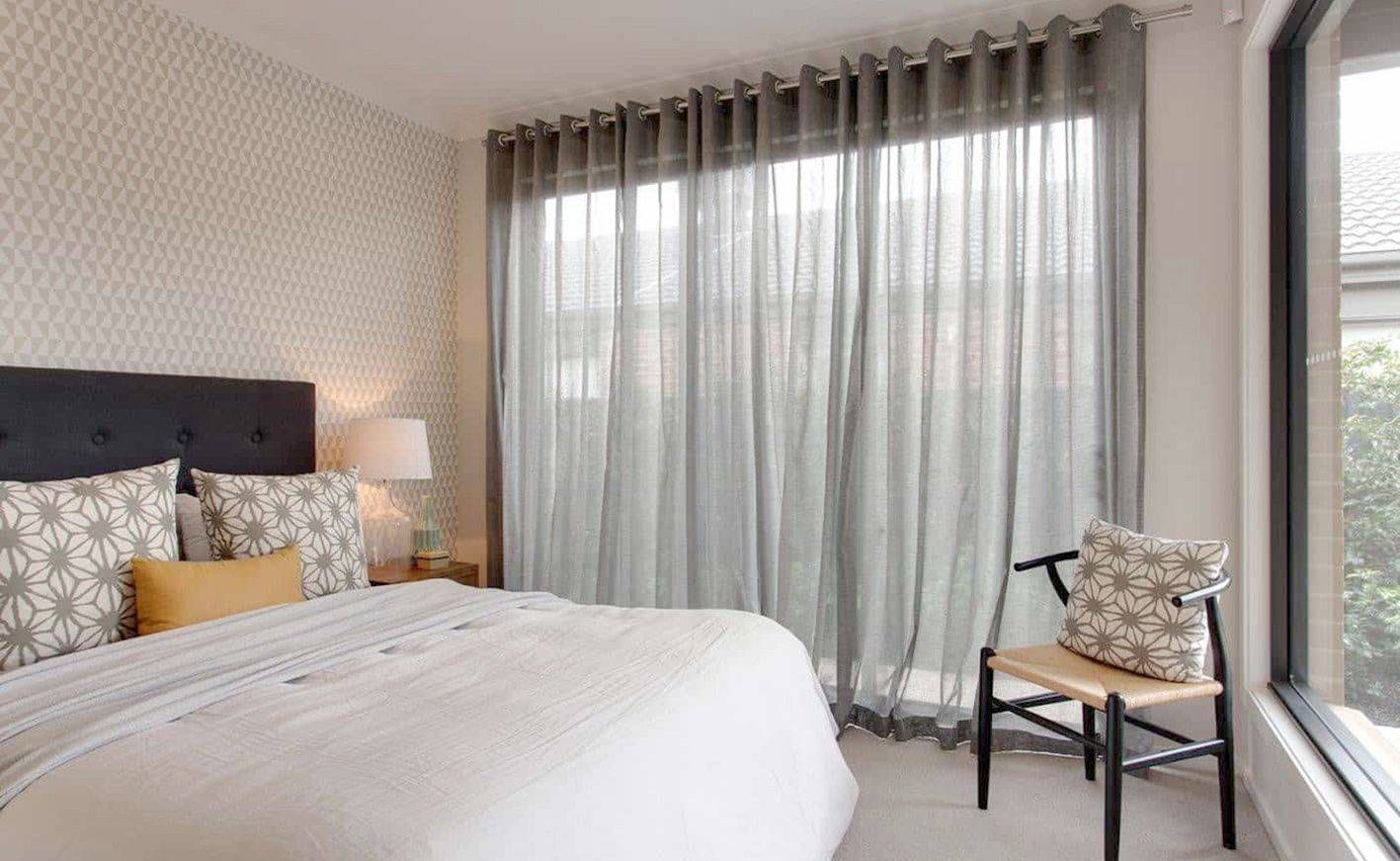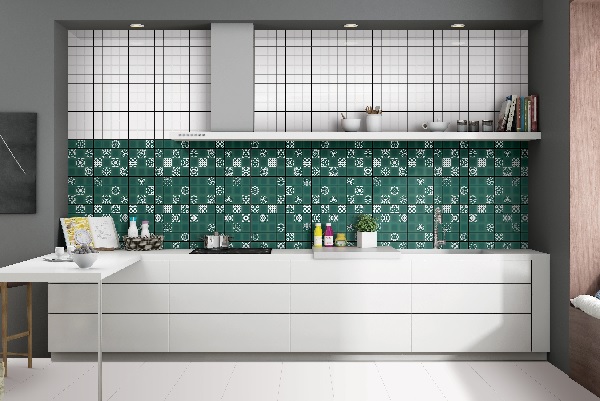Pros of Using Sheer Curtains for Privacy and Light
1. Enhances Natural Light
The capacity of sheer curtains to let natural light into a room is one of its biggest advantages. Sheers filter sunlight, bringing gentle, ambient light into spaces, unlike heavy drapes or blinds that can block light entirely. By brightening the space without the need for more artificial lighting, this might save daytime power expenses.
Sheer curtains are a great option for areas like living rooms, home offices, and kitchens where you spend a lot of time since natural light may also increase your mood and productivity.
2. Provides Soft Privacy
Because they obscure the outside view, sheer curtains offer some solitude, but they aren’t as good as blackout curtains for complete seclusion. During the day, sheer curtains provide a feeling of privacy since the thin fabric lets light in while hiding the specifics of what’s going on inside.
Because of this, sheer curtains are perfect for spaces like living rooms and dining rooms that don’t need total seclusion but still benefit from some coverage. Sheer curtains may provide just the right amount of seclusion without making you feel confined.
3. Adds Elegance and Style to the Decor
Sheer curtains are synonymous with elegance and sophistication. Available in a wide variety of colors, patterns, and textures, sheer curtains can match virtually any decor style, from traditional to modern. They provide an easy way to add a soft, layered look to your windows without overwhelming the room.
Sheer curtains are a flexible and cost-effective choice for people who frequently switch up the décor of their homes. To produce a delicate, airy impression, they can be used alone or in conjunction with heavier curtains. In the spring and summer, they give a feeling of freshness and airiness, making them excellent complements to seasonal décor.
Cons of Using Sheer Curtains for Privacy and Light
1. Limited Privacy at Night
One of the most significant drawbacks of sheer curtains is their limited ability to provide privacy at night. While they work well during the day, once the sun goes down and lights are on indoors, sheer curtains become almost transparent. This can be a concern for homeowners who prioritize privacy in their bedrooms or other private areas.
Consider combining heavier, more opaque window coverings, such as blinds or blackout curtains, with sheer curtains to address this. This combination may guarantee seclusion when you need it at night and provide the elegance of sheer curtains during the day.
2. Limited Light Control
Sheer curtains are excellent for filtering sunlight but aren’t ideal if you need to block out light completely. For example, in rooms where darkness is important—like bedrooms or media rooms—sheer curtains may not provide the level of darkness you need.
In situations where complete control over illumination is crucial, sheer curtains might not be the ideal stand-alone choice. For more control over the lighting, they may be paired with roller shades or blackout curtains, allowing you to have gentle illumination when you want it and complete darkness when you need it.
3. More Vulnerable to Wear and Tear
Due to their lightweight and delicate fabric, sheer curtains can be more susceptible to wear and tear compared to heavier drapes. They can easily snag or tear, especially in homes with pets or small children. Moreover, because sheer curtains are thin, they may require more frequent cleaning to maintain their fresh look, as dust and dirt are more likely to show.
Before selecting sheer curtains, carefully consider durability if you’re searching for a long-lasting window solution. Because certain materials are more resistant to damage than others, choosing sturdy, high-quality textiles can help lessen this problem.
Conclusion
Sheer curtains offer many benefits in terms of natural light, style, and versatility, making them a wonderful addition to almost any room. They allow you to enjoy an open, airy ambiance while providing some level of daytime privacy. However, they are not a one-size-fits-all solution for every privacy and light control need. The limited privacy at night, reduced light-blocking abilities, and lesser durability make them best suited for rooms where complete privacy or blackout isn’t essential.




